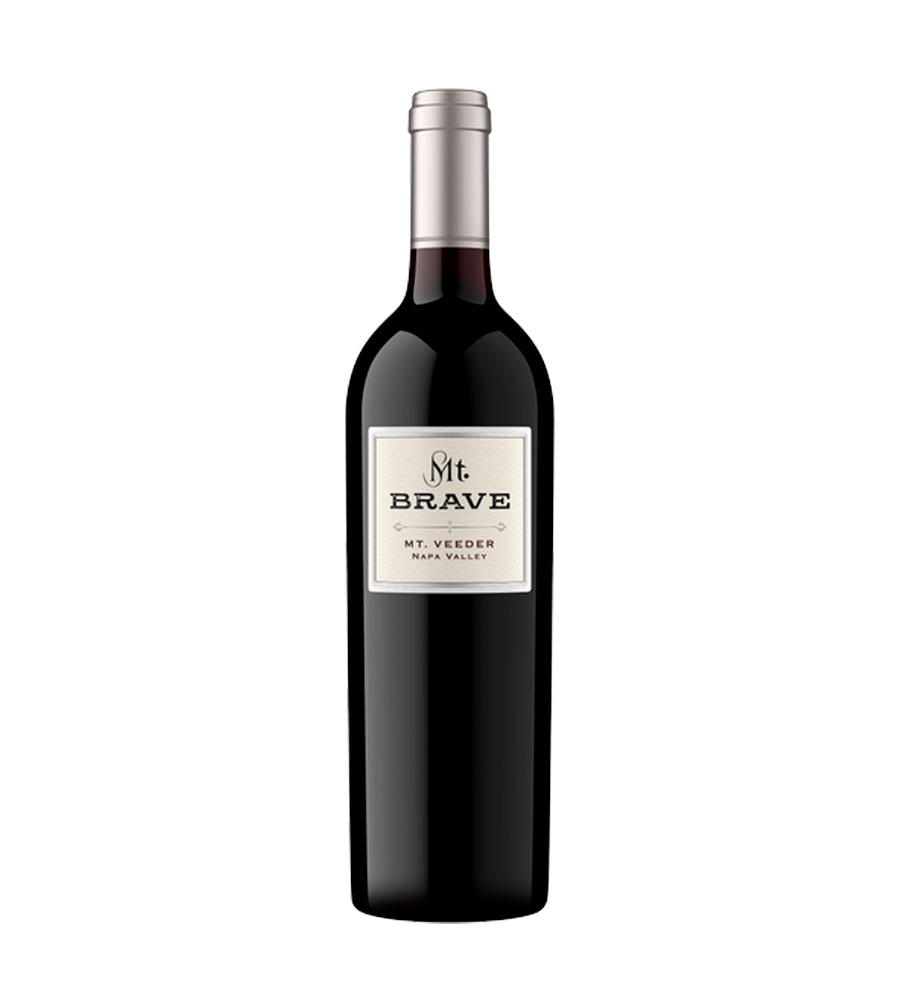Mt. Brave
History
Mt. Brave Vineyard is perched atop Mt. Veeder, at elevations between 1,400 and 1,800 feet, on the western side of Napa Valley. The name honours the Wappo people, the region’s first inhabitants. Viticulture on Mt. Veeder dates back to the 1860s, with pioneers such as Charles Krug, Agoston Haraszthy, Frederick Hess, and William S. Keyes. Wines from this region gained international recognition as early as the 1900 Paris Exposition. The plot that is now Mt. Brave was originally acquired in 1841, before the Gold Rush and the American Civil War.
The Vineyard
High-altitude viticulture requires a meticulous, hands-on approach. Poor, rocky soils and steep slopes limit water retention and increase erosion risks — but this vine stress results in small, intensely flavoured berries. The higher elevation keeps daytime temperatures cooler, while the site’s position above the fog line allows for longer sun exposure. This typically extends the growing season into November, enabling slow, full ripening and greater varietal complexity.
Winemaking
Grapes were hand-harvested during cool morning hours into small lug boxes, with an average Brix of 27.9°. Fermentation took place in stainless steel tanks, followed by native malolactic fermentation in barrels, softening the acidity and gently integrating vanillin notes from French oak (65% new). The wine aged for 20 months and was bottled unfined and unfiltered.
Technical Sheet
Harvest Dates: September 19 to October 9
Fermentation: Native yeasts
Maceration: 20 days
Aging: 20 months in French oak (65% new)
pH: 3.80
Total Acidity: 6.1 g/L
Awards
92/100 – CellarTracker
91/100 – Wine Enthusiast
Allergens information
Contains sulphites.
SKU: 110112


